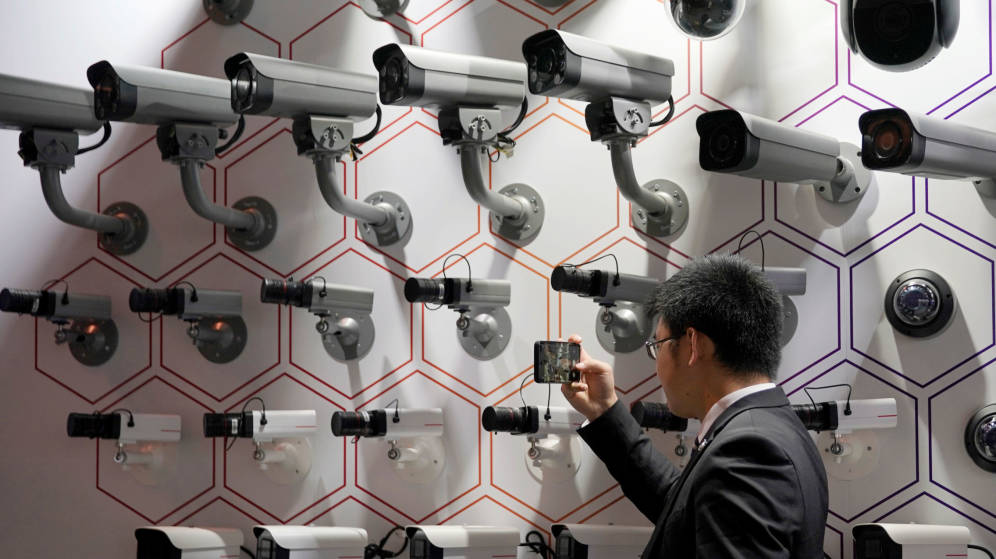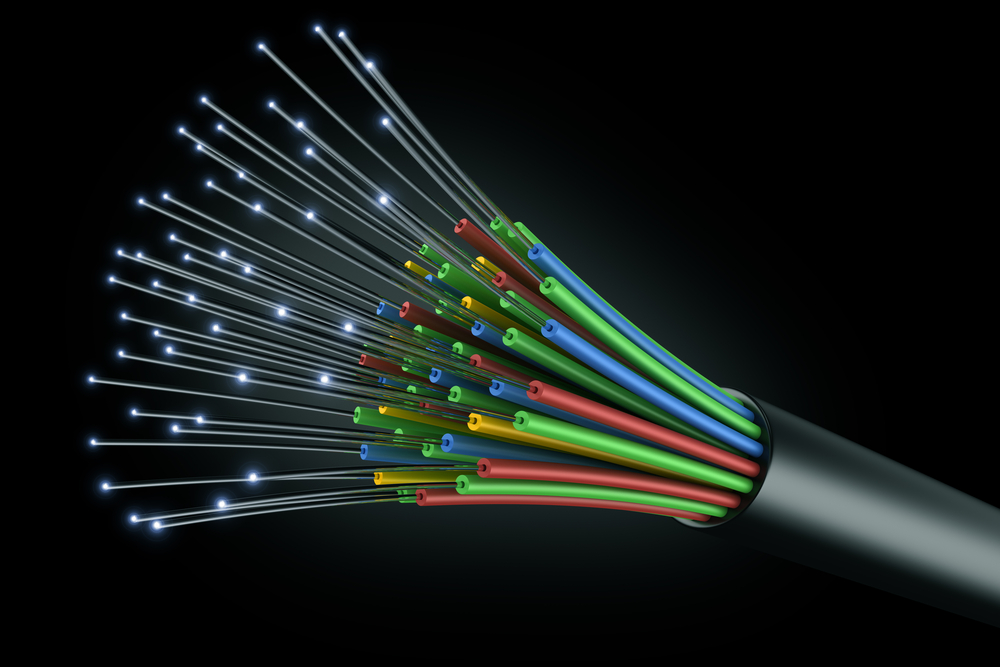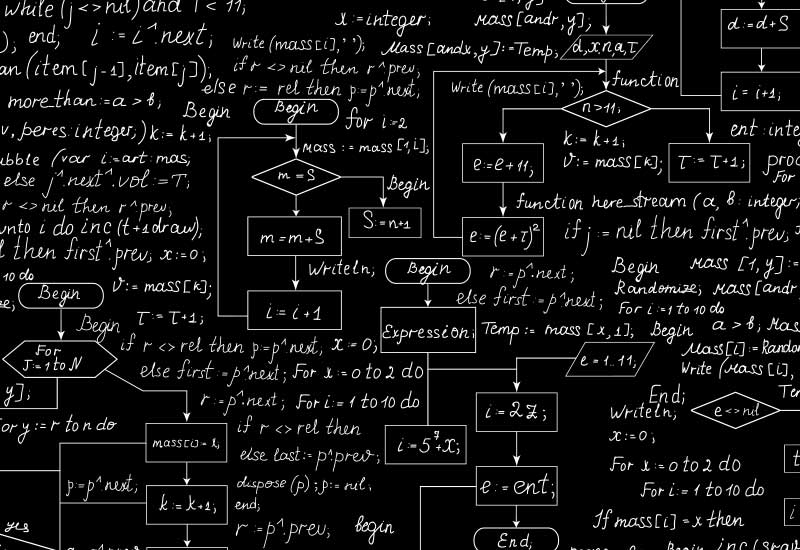
Artificial intelligence (AI) is rapidly transforming our world, influencing everything from healthcare to manufacturing. As technology continues to evolve, the need for sustainable practices becomes paramount. At Navegalo, a leading provider of Data Center, Cloud, Connectivity, and VoIP services powered by 100% renewable energy in Central and South America and Miami, we believe that responsible technology is the key to a sustainable future.
AI: A Powerful Tool for Sustainability
AI offers a wealth of potential to revolutionize how we approach environmental challenges. Here are some key ways AI is promoting sustainability:
- Energy Efficiency: Beyond Data Centers: AI can optimize energy consumption in data centers and other facilities. By analyzing historical usage patterns and predicting future demand, AI can automate adjustments to cooling systems, lighting, and server power to minimize energy waste. This extends beyond data centers – AI-powered smart building systems can optimize energy use in office buildings, factories, and even homes, leading to a significant reduction in our overall carbon footprint.
- Resource Management: From Fields to Cities: AI applications can assist in managing natural resources more effectively. In agriculture, AI can analyze weather patterns, soil conditions, and satellite imagery to optimize irrigation and fertilizer use, reducing water waste and promoting sustainable farming practices. Similarly, AI-powered waste management systems can optimize collection routes, improve recycling efficiency, and even predict waste generation patterns to help cities develop more sustainable waste management strategies.
- Predictive Maintenance: Preventing Problems Before They Start: AI can analyze sensor data from equipment to predict potential failures before they occur. This proactive approach to maintenance helps prevent breakdowns, minimizes the need for replacement parts, and reduces overall resource consumption. In manufacturing facilities, for example, AI can predict equipment malfunctions, allowing for preventative maintenance and avoiding production line stoppages that require additional resources and energy to restart.
Leading the Way in Sustainable AI: Navegalo’s Initiatives
Navegalo is at the forefront of integrating AI into our sustainability initiatives. Here are a few examples:
- AI-powered Data Center Cooling: We have implemented an AI-driven system that analyzes real-time temperature data and automatically adjusts cooling infrastructure. This system has significantly reduced our data center energy consumption without compromising equipment performance.
- Optimizing Cloud Resource Allocation: We utilize AI to analyze cloud resource usage patterns and automatically allocate resources based on real-time needs. This not only reduces energy consumption but also helps our clients optimize their cloud spending.
- Sustainable Connectivity Solutions: Navegalo is exploring the use of AI to optimize network routing and data transmission, potentially reducing energy consumption in telecommunications infrastructure.
Challenges and Considerations: Responsible AI for a Sustainable Future
While AI holds immense potential for sustainability, challenges need to be addressed to ensure responsible implementation:
- Ethical AI: The development and deployment of AI must be guided by ethical principles. Algorithmic biases and potential environmental consequences of large-scale AI implementation require careful consideration. We need to ensure that AI solutions are developed and used in a way that benefits all of society and the environment.
- Data Privacy: AI relies heavily on data. Ensuring responsible data collection, storage, and usage practices is crucial to address privacy concerns. Transparency and user control over data are essential for building trust in AI-powered solutions.
- Economic Impact: The cost of adopting AI technologies can be a barrier for some companies. Developing affordable and accessible AI solutions for sustainability initiatives is essential to ensure widespread adoption and maximize the positive environmental impact.
The Future is Sustainable with AI: Innovations on the Horizon
Emerging AI technologies promise even greater advances in sustainability:
- AI-powered Environmental Monitoring: AI can analyze satellite imagery and sensor data to track deforestation, pollution levels, and other environmental indicators in real-time. This enables more informed environmental decision-making, allowing for targeted interventions and resource allocation to address pressing environmental challenges.
- Renewable Energy Optimization: AI can enhance the efficiency of renewable energy sources like solar and wind power by optimizing energy storage and grid integration. AI can predict weather patterns and energy demand, allowing for more efficient storage and distribution of renewable energy, making them a more reliable and competitive energy source.
Navegalo’s Commitment to Sustainable AI
At Navegalo, we are committed to continuous innovation and exploration of new ways to integrate AI into our sustainability practices. We believe responsible technology is the cornerstone of a sustainable future, and we are dedicated to providing our clients with solutions that are both powerful and environmentally responsible. Here are some ways we are actively working towards this goal:
- Transparency and Education: We believe transparency is key to building trust in AI. We are committed to educating our clients and the public about the role of AI in sustainability initiatives and the measures we take to ensure responsible development and implementation.
- Sustainable AI as a Service: Navegalo is exploring the possibility of offering “Sustainable AI as a Service” solutions. This would allow companies of all sizes to access and leverage the power of AI for their sustainability goals without the need for significant upfront investment.
Join Us in Building a Sustainable Future
By working together, we can leverage the power of AI to create a more sustainable future for generations to come. If you’re looking to explore AI-powered solutions for your sustainability goals, Navegalo is your ideal partner.
Contact us today to learn more about our services and how we can help your business achieve a greener future. Let’s harness the power of technology for a positive impact on our planet.






